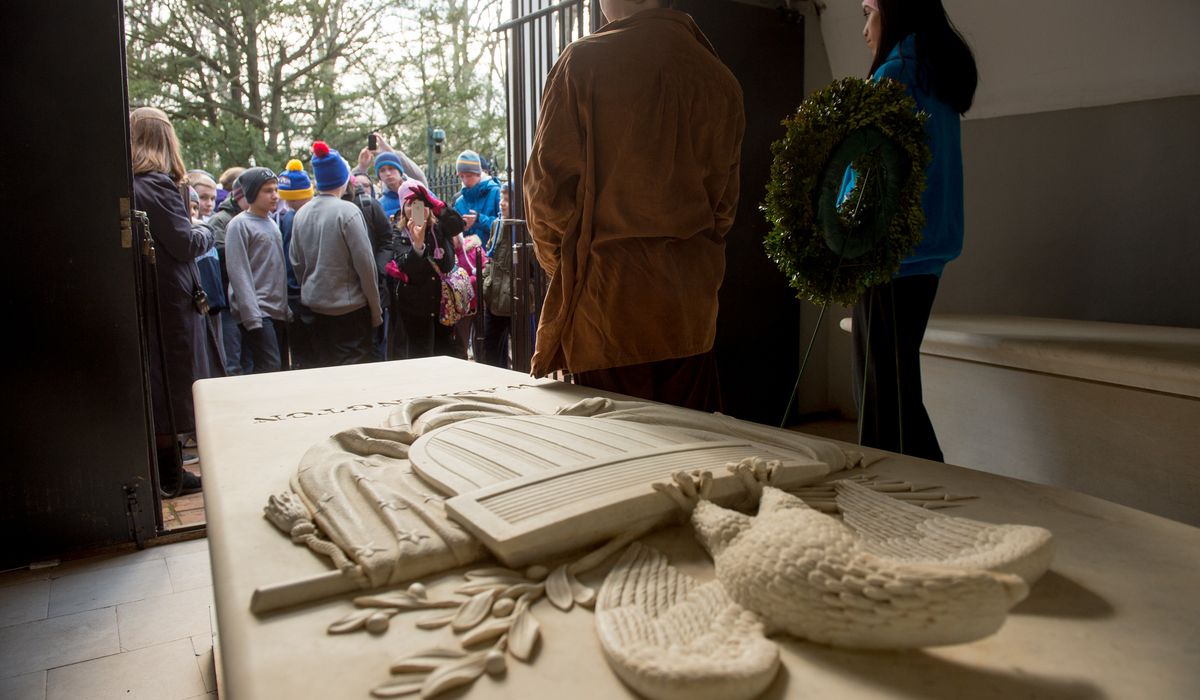
He wrote that the papers at the time said the thief made off with Lund Washington, who wasn’t actually entombed there.
The story made another round of the papers in 1829, though by then the stolen bones were reported to have been those of Lawrence Washington, the half brother who gave Mount Vernon its name and left it to George in his will.An attempt was made in 1830, according to the best records Mount Vernon has, written in 1905 by Harrison H.“Under cover of night he returned and forced the door of the old family-vault, taking from one of the coffins a skull which he supposed was that of General Washington but which proved to be that of one of the Blackburnes a relative of Judge Bushrod Washington’s wife.
Briney at Mount Vernon said they can’t been certain which account is correct.
Briney said the Washington family probably labored to keep the theft attempt secret, so the lack of known details makes sense.
The theft was covered in several pamphlets about Mount Vernon in the 1850s.
The tomb at Mount Vernon was a site of pilgrimage, and many of those who made the trek reported feeling a sense of near-religious rapture during their visits.
Towns, counties and cities were named after him,” said Jonathan Horn, author of “Washington’s End,” a book about the Founding Father’s final years at Mount Vernon.
Horn said the decrepit state of the tomb was also seen differently by visitors.
Whatever the takeaway, there was no doubt that the tomb, now with about 20 members of the extended Washington family, was in bad shape.Briney at Mount Vernon said both are likely to have been true.
Horn said she was concerned that she might be separated from Washington in death, and assurances were given that wouldn’t happen.
Worries about the fate of Washington’s body were renewed when Bushrod Washington, the controlling heir at Mount Vernon, died in 1829.In 1832, with the theft attempt in their minds and with the 100th anniversary of Washington’s birth looming, Congress made a final attempt to get the body moved to the Capitol.Washington II, the proprietor of Mount Vernon after the death of Bushrod Washington, to refuse.
With that backing, John Washington said he would not relinquish the body and gave the additional reason that he had finally completed the new tomb Washington dictated in his will.Horn said Virginia’s feverish defense of the body was ironic given that Washington felt politically estranged from his home state by the end of his life.
“Just imagine where we would be today if the Mount Vernon Ladies’ Association didn’t come along and protected the home and purchased it from the Washington family and made it a secure site that’s open to the public today,” he said